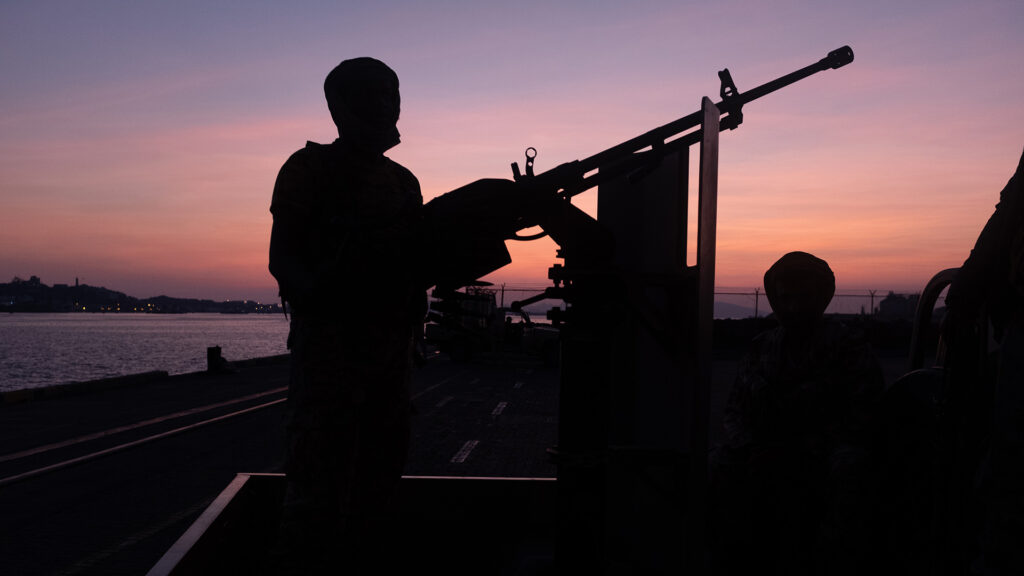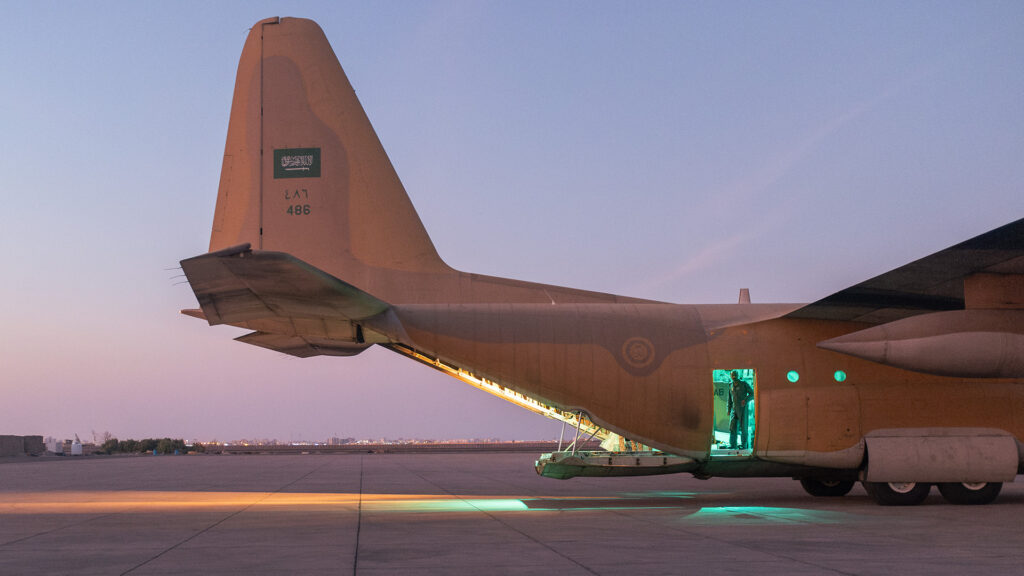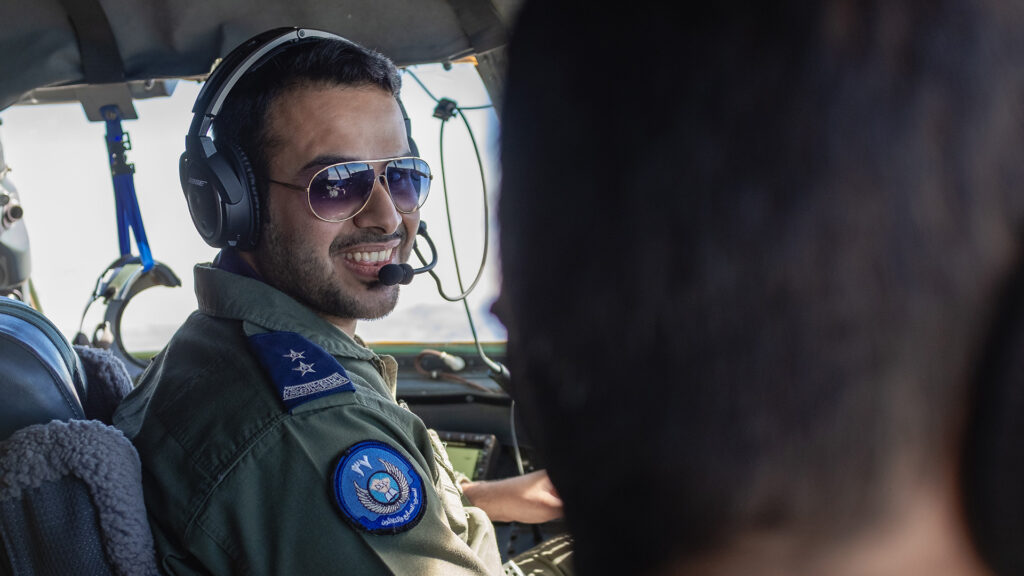Although the recent confrontation between Iran and Israel lasted just 12 days, it was short in duration but long in impact. It introduced a new deterrence equation in the Middle East, overturned the rules of engagement, and redefined deterrence from being nuclear or aerial to a more complex form encompassing missile-based, regional, political, and psychological deterrence. The ceasefire was not achieved due to a victory by either party, but because the war reached the threshold of mutual loss — where both the Iranian and Israeli sides possessed the ability to inflict harm without being able to secure a decisive outcome.
Following the precise Israeli and American air and missile strikes on Iranian nuclear facilities in June 2025, it became clear that the nature of warfare in the Middle East is evolving at an accelerating pace. This conflict provided a practical model for understanding the dynamics of conflict and future warfare trends — a hybrid war that blends conventional and non-conventional methods across geographic boundaries. It revealed the effectiveness of ballistic and hypersonic missiles, as well as drones, as impactful tools of deterrence. The role of airpower, aerial superiority, cyber operations, and electronic warfare also came to the forefront in executing high-level operations and achieving deterrence. The war exposed both the vulnerabilities and strengths of the two sides.
This raises an urgent question: What should Arab armies focus on when developing their defensive and offensive capabilities — particularly in missile interception and securing the home front?
Iranian attacks using hypersonic, ballistic, multi-warhead missiles and drones demonstrated the ability to breach certain Israeli air defence systems despite their advanced nature. This highlights the importance of having multi-layered air defence systems. Israel relies on systems such as: the Iron Dome for short-range projectiles, David’s Sling for medium-range missiles, Arrow 2 and 3 for long-range ballistic missiles, and other systems like Barak, Patriot, and the American THAAD.
The American and Israeli raids on Iran — especially Operation Night Hammer, which used B-2 stealth bombers and bunker-busting missiles — illustrated the importance of conducting precise, long-range strikes without entering full-scale or drawn-out war. This requires Arab armies to upgrade their current fighter jets, acquire fifth-generation aircraft from diverse sources, and enhance air defence systems, command and control infrastructure, communication networks, electronic warfare, and cyber capabilities.
Arab armies need to acquire or develop deterrent systems and weapons, including cruise missiles, ballistic or hypersonic missiles with precision targeting — whether launched from land, sea, or air — and stealth-capable fighter aircraft that can operate in heavily defended environments. They should also invest in modern submarines capable of carrying missiles and develop the ability to gather high-precision intelligence for pre-emptive target selection. Additionally, there is a need for command-and-control systems that can coordinate rapid strike units with tactical intelligence operations. Possessing such capabilities would grant Arab states strategic flexibility and smart deterrence to confront conventional threats and asymmetric adversaries like militias.
Securing critical infrastructure and protecting the home front is of utmost importance. The Iran-Israel conflict was not confined to military fronts but extended to civilian infrastructure, including airports, fuel depots, power stations, technology and scientific centres, and financial markets. This necessitates the fortification of vital installations in Arab states against any attacks — whether through conventional military means (land, air, sea, or missile), drones, electronic warfare, cyberattacks, sabotage, or espionage by agents and infiltrators.
These fortifications should include shelters and underground facilities for command, control, and energy infrastructure; integrated early-warning systems linked to civil defence; contingency plans for evacuating or securing vital sites; and regular training for civilians and military personnel on how to respond to air attacks. Securing the home front is no longer a purely civilian matter — it is now a central pillar of any comprehensive defensive doctrine.
Arab armies should closely study the war to identify the lessons learned, pinpoint each side’s strengths and weaknesses, and uncover the gaps in defence systems. They too should adopt the principle of layered defence by integrating multiple systems that function in technical and operational harmony.
There is now a pressing need to acquire or develop systems capable of countering all types of threats — short, medium, and long-range — and to invest in modern radar networks that can detect small, high-altitude, fast-moving targets. All layers should be connected through a unified command and control system (C4I), enabling precise, rapid coordination and integration between units. This would enhance interception capabilities, improve deterrence efficiency, and reduce the cost of responding to large-scale attacks.
The rapid development and effectiveness of drones (UAVs) in recent conflicts has made them one of the most prominent components of modern joint warfare. Their use — for reconnaissance, surveillance, espionage, or conducting precise, low-cost strikes — presents unprecedented challenges. Drone technologies must also be adaptable to cyber operations, electronic warfare, and artificial intelligence. Iran has proven the effectiveness of such weapons, successfully targeting distant locations using drones with ranges exceeding 1,500 km. The Houthis, in turn, used Iranian drones to strike targets in Saudi Arabia, the UAE, and Israel.
To counter such threats, Arab armies must acquire specialised early-warning systems for small drones — including dual radars, radio frequency detectors, electro-optical tracking cameras, optical sensors, electronic detectors, and acoustic devices. They should also deploy low-cost interception systems such as directed-energy weapons (lasers), guided cannons, or short-range missiles designed specifically for drones. Moreover, they must develop electronic warfare capabilities to disable drone navigation by jamming GPS and radio communications. Investing in offensive and kamikaze drones — especially those equipped with stealth and AI capabilities — is now essential for maintaining deterrence.
Cyberattacks between Iran and Israel introduced an unconventional dimension to the conflict, particularly in what has been termed a “shadow war” — targeting sensitive infrastructure, military sites, and radar systems. It is no longer sufficient to develop conventional weapons without embracing the digital transformation of the battlefield. Arab armies must establish professional cyber and electronic warfare units, enhance defensive capacities to protect critical military networks from infiltration, and integrate digital systems into command and control. This includes linking satellites, aircraft, and ground units and bolstering regional intelligence cooperation to counter cross-border threats. They should also reinforce their security and intelligence apparatuses to prevent infiltration, limit knowledge access to a need-to-know basis, and expand the culture of vigilance.
The Iran-Israel conflict has provided a realistic model of complex, multidimensional warfare that includes precision deterrence, drones, airstrikes, missile capabilities, and both physical and cyber infiltration. Arab militaries urgently need to restructure their priorities to align with the nature of modern warfare and address future threats. This includes acquiring fifth-generation fighter jets, integrated air defence systems, ballistic and hypersonic missiles, advanced offensive and kamikaze drones with pre-emptive strike capabilities, drone detection and countermeasure systems, precision-strike capabilities, fortified civil infrastructure, advanced cyber capabilities, and the integration of artificial intelligence into military platforms.
Deterrence in the modern era is no longer built on quantity alone, but on quality, adaptability, and the integration of various instruments of hard and soft power. For Arab states to possess genuine strategic and military deterrence as part of their defence policies, they must accurately assess threats, capabilities, and intentions to ensure national security and regional stability. Those who fail to interpret the coming battlefield may find themselves excluded from the security equation at a critical moment.


